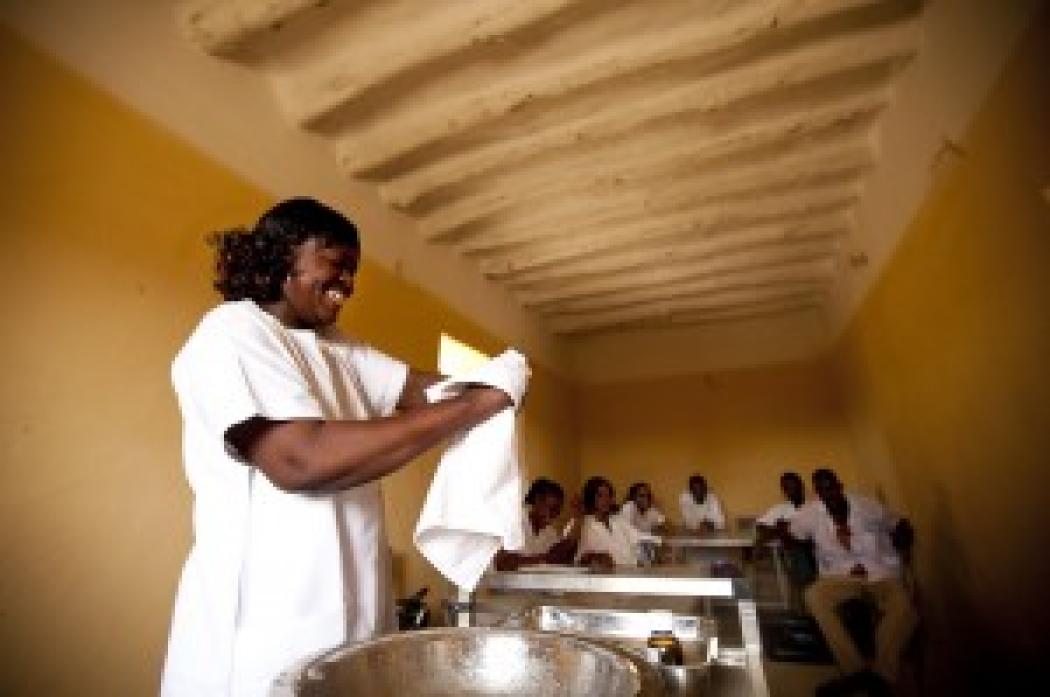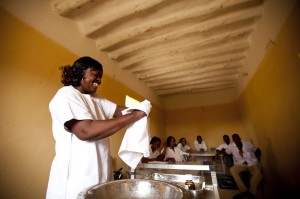Maximizing US global health investments: Investing in the frontline

By Mandy Folse, Director, Frontline Health Workers Coalition
Note: This post originally appeared in the ONE Campaign Blog
Almost every week on this blog, someone from our 30 member organizations tells another story illustrating the inspiring and tremendous impact frontline health workers are making in saving and improving lives around the world. What might not be as well known is that, according to USAID, 0.0000087% of the U.S. budget in 2011 went to global health programs, including programs that help thousands of frontline health workers save millions of lives.
Several surveys of the American public have shown that many people think these investments in global health and development comprise at least 10% of the budget. When it’s pointed out that global health funding comprises far less than a penny per taxpayer dollar, the already strong support for these programs grows substantially. The power of this support from the American people has resulted in leadership from Democratic and Republican presidents and bipartisan support in Congress of robust global health investments.
 Courtesy IntraHealth International
Courtesy IntraHealth International
This tradition of strong bipartisan support for improving global health continued this past month with President Barack Obama’s release of his fiscal year 2014 budget request.
According the Kaiser Family Foundation, President Obama requested $8.3 billion in FY 2014 for global health programs under USAID and the State Department. This amount would be more than $260 million (or 3.2%) more than was enacted for FY 2012, or $142.3 million (or 1.7%) more than the estimated allocation for FY 2013.
Investments specific to the training and support of frontline health workers are made within programs to improve maternal and child health, improve nutrition, increase access to family planning, and prevent and treat diseases such as HIV/AIDS, tuberculosis, malaria and pandemic influenza. Because these investments are so widespread between different government agencies and within different programs of government, it is imperative that in order to get the most bang for our buck, the U.S. government have a strategy on how its programs will address the frontline health workforce crisis.
Members of the U.S. Congress and those within U.S. government agencies are taking notice of a need for such a strategy. U.S. Reps. Nita Lowey (D-NY) and Ander Crenshaw (R-FL) recently introduced a resolution calling for government agencies “to develop a coordinated and comprehensive health workforce strengthening strategy with concrete targets for increasing equitable access to qualified health workers in developing countries, particularly in underserved areas, with a strategic focus on frontline health workers.” The U.S. Agency for International Development (USAID), meanwhile, has created the new Office of Health Systems. Staff members in the office are working with their counterparts across the U.S. government on a results framework focused on strategies to strengthen health systems, including improving support for frontline health workers.
The Frontline Health Workers Coalition will continue to work with the U.S. government to get the maximum benefit of America’s global health investments by ensuring that the frontline workers needed to deliver health care in the developing world are well trained and supported.
